English

September 2021
This term we have been learning how to write a legend. The children enjoyed learning the story of the Legend of Gelert and listening to the Monster Slayer- Beowulf.

Below click and watch the children perform their talk 4 write. Retelling the Legend of Gelert.
01.11.2021
This term, we will be studying the book Carrie's War.
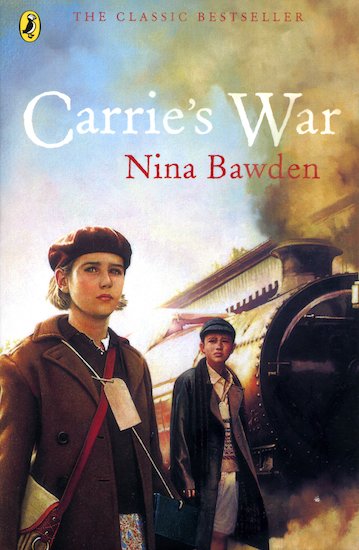
Brief summary
Bombs are falling on London when Carrie and Nick are sent away. Wartime evacuees billeted in Wales, they stay with bullying old Mr. Evans and his timid mouse of a sister. Their friend Albert is luckier, living in Druid’s Bottom with Hepzibah Green and the strange Mr. Johnny. But the old house is tainted by the Screaming Skull’s ancient curse. And when Carrie does a terrible thing, will it haunt them all forever? The timeless story of two evacuees transported to rural Wales brilliantly evokes the Second World War era and poignantly explores choice and consequence from a child’s perspective.
The children got a chance to read the first chapter and then had a class discussion about it. Some of the questions that they were asked were:
|
Do you know that most of the story takes place in the past? When do you think it takes place? Why do you think that? Where did the story take place? How do you know? What do you think it means when the author says Carrie is ‘ironed out’? |
Read the 2nd chapter together and discuss the two openings to the story.
The children used their inference skill to talk about Carrie's feeling and where she was.
![IMG_4510[1].JPG](/uploads/378/images/IMG_4510[1].JPG)
![IMG_4506[1].JPG](/uploads/378/images/IMG_4506[1].JPG)
The next couple of days the children have been looking at the descriptive settings using noun phrases preositions and making inferences from the text.
![IMG_E4602[1].JPG](/uploads/378/images/IMG_E4602[1].JPG)
![IMG_E4603[1].JPG](/uploads/378/images/IMG_E4603[1].JPG)
![IMG_4599[1].JPG](/uploads/378/images/IMG_4599[1].JPG)
15th November 2021
Today the children looked at the chatcters in Carrie's War and complete a Zone of Relevant. They got into team of four and had plenty of discussion before completing it.
![IMG_E4615[1].JPG](/uploads/378/images/IMG_E4615[1].JPG)
![IMG_E4617[1].JPG](/uploads/378/images/IMG_E4617[1].JPG)
16th November 2021
Episode 1 Episode 2
Episode 3 Episode 4
Proof-reading and editing practice
The children have been learning new skills this week: Proof- reading and editing.
As you can see below, the children had to add all missing punctuations and see if they could change any words or phrases to make it more interesting.
Extract from Charlie and the Chocolate Factory, by Roald Dahl
oh what a man he is this mr willy wonka cried grandpa joe
did you know for example that he has himself invented more than two hundred
new kinds of chocolate bars each with a different centre each far sweeter and creamier
and more delicious than anything the other chocolate factories can make
mr willy wonka can make marshmallows that taste of violets and rich caramels that
change colour every ten seconds as you suck them and little feathery sweets that melt
away the moment you put them between your lips he can make chewing gum that
never loses its taste and sugar balloons that you can blow up to enormous sizes before
you pop them with a pin and gobble them up
Edited version.
‘Oh what a man he is, this Mr Willy Wonka!’ cried Grandpa Joe.
‘Did you know, for example, that he has himself invented more than two hundred
new kinds of chocolate bars, each with a different centre, each far sweeter and creamier
and more delicious than anything the other chocolate factories can make…’
‘…Mr Willy Wonka can make marshmallows that taste of violets, and rich caramels that
change colour every ten seconds as you suck them, and little feathery sweets that melt
away the moment you put them between your lips. He can make chewing gum that
never loses its taste, and sugar balloons that you can blow up to enormous sizes before
you pop them with a pin and gobble them up.
Poem
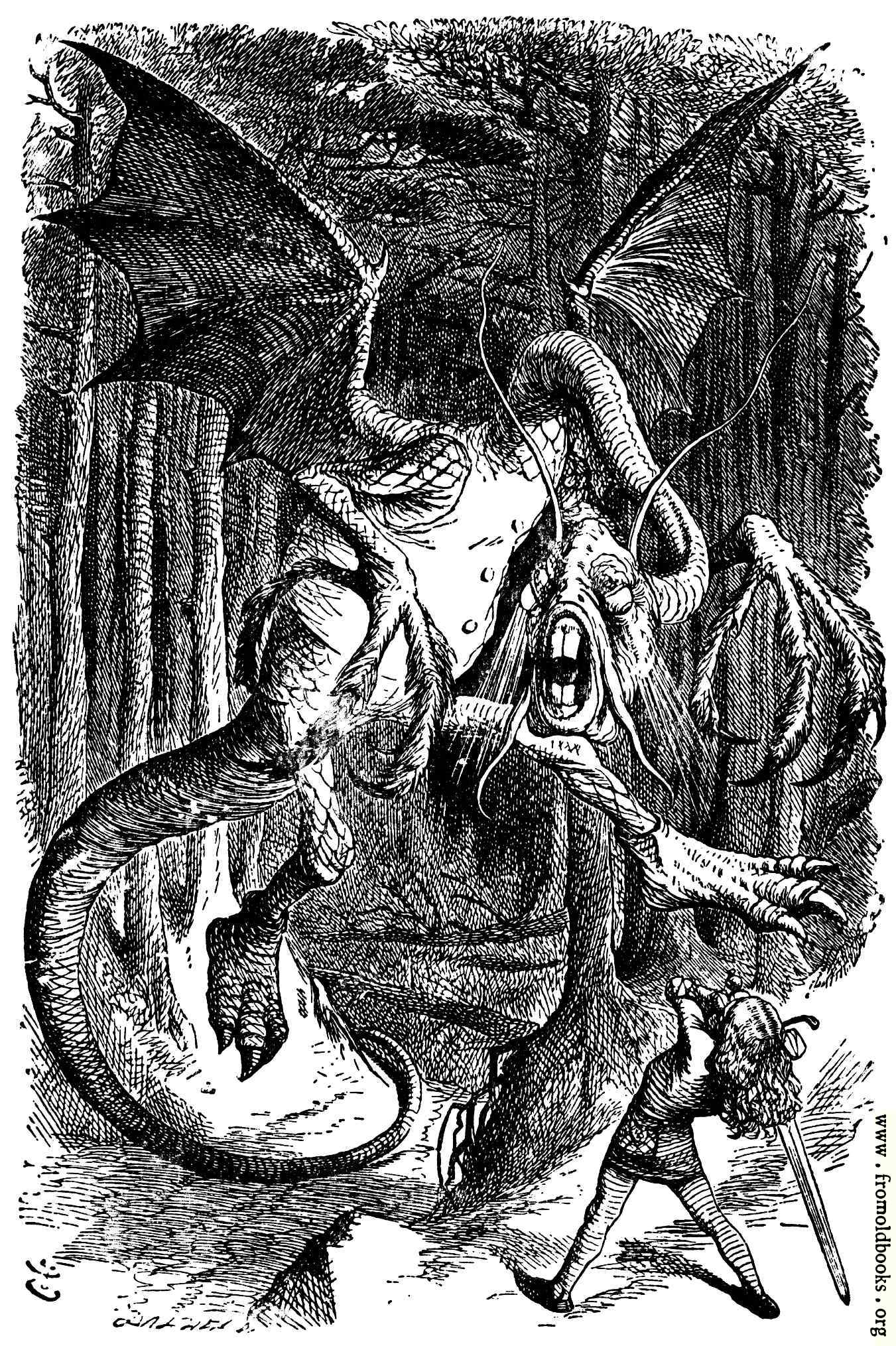
Jabberwocky
’Twas brillig, and the slithy toves
Did gyre and gimble in the wabe:
All mimsy were the borogoves,
And the mome raths outgrabe.
“Beware the Jabberwock, my son!
The jaws that bite, the claws that catch!
Beware the Jubjub bird, and shun
The frumious Bandersnatch!”
He took his vorpal sword in hand:
Long time the manxome foe he sought –
So rested he by the Tumtum tree,
And stood awhile in thought.
And, as in uffish thought he stood,
The Jabberwock, with eyes of flame,
Came whiffling through the tulgey wood,
And burbled as it came!
One, two! One, two! And through and through
The vorpal blade went snicker-snack!
He left it dead, and with its head
He went galumphing back.
“And, has thou slain the Jabberwock?
Come to my arms, my beamish boy!
O frabjous day! Callooh! Callay!”
He chortled in his joy.
’Twas brillig, and the slithy toves
Did gyre and gimble in the wabe;
All mimsy were the borogoves,
And the mome raths outgrabe.
The children can cut up the discussion prompts and place them in a box. Pupils take turns in choosing one of the prompts and discussing their ideas in small groups.
The children used P.E.E ( point evidence and explain ) to help them.
|
In the poem, the father warns his son not to go near the Jabberwock but he does anyway. Why do you think the son behaved in this way? |
|
Despite a warning, the boy still seeks out the Jabberwock. Do you think this is what his father intended all the time? Why? |
|
What impression do you get off the boy’s first sighting of the Jabberwock? |
|
The slaying of the Jabberwock appears to happen very quickly. Why do you think the poet did this? |
|
Why is there such a celebration at the end of the poem? |
|
What is the impact of repeating the first verse at the end? |
|
What impression does the poet’s description of the setting give the reader? |
![IMG_E4739[1].JPG](/uploads/378/images/IMG_E4739[1].JPG)
![IMG_E4737[1].JPG](/uploads/378/images/IMG_E4737[1].JPG)
This week, the children havebeen looking at a variety of things.
Subordinating conjunction
Subordinate or subordinating conjunctions are a word or phrase that links a dependent clause to an independent clause.
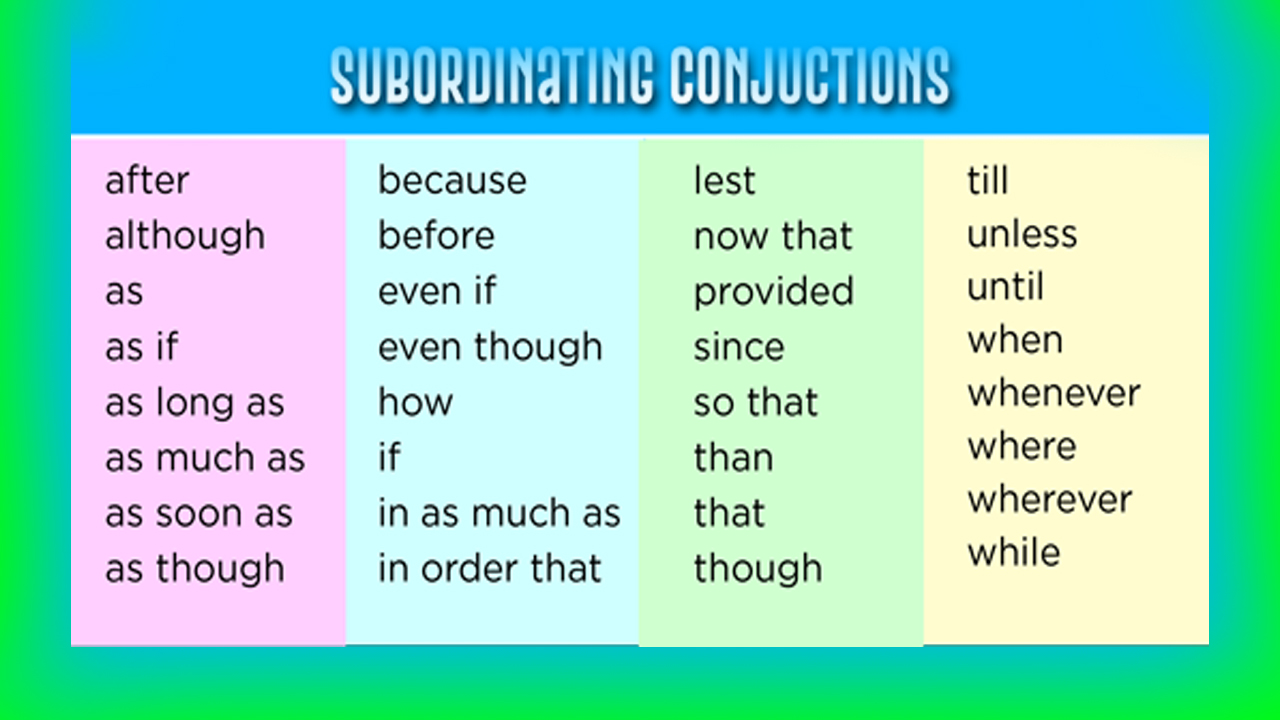
Spring 1
This week the children will be looking at Particapating in discussion.
They are reading the book called Aquila.
Children will be discussing what do they know, how do they know and why has the author used certain words such as wail and encouraging.

![IMG_E4806[1].JPG](/uploads/378/images/IMG_E4806[1].JPG)
![IMG_E4807[1].JPG](/uploads/378/images/IMG_E4807[1].JPG)
The children have been working with their partners to find the following:
- Adverb starter
- Ed word sentence starter
- Adverbial sentences
- Suspension/tension
- Dangerous setting
![IMG_4823[1].JPG](/uploads/378/images/IMG_4823[1].JPG)
Earth
The Earth is…
A beach ball in a vast ocean of stars,
Turquoise – a mix of green and blue,
The number twenty-four, twelve plus twelve; day plus night,
Sir David Attenborough, Planet Earth and Blue planet- one and two,
A giant bag of pick ‘n’ mix, a jar of sweet and sour, sugar and spice….
This week the children will be looking at information text to pick out key information such as
- Intended audience
-
Text types included
-
Language used, e.g. persuasive, instructional, technical, Give examples
Structure and layout
Presentation
Comment on use of images, colour shaping, font, size and effects used for lettering
-
The Big Bang
Most astronomers believe the Universe began in a Big Bang about 14 billion years ago. At that time, the entire Universe was inside a bubble that was thousands of times smaller than a pinhead. It was hotter and denser than anything we can imagine.
Then it suddenly exploded. The Universe that we know was born. Time, space and matter all began with the Big Bang. In a fraction of a second, the Universe grew from smaller than a single atom to bigger than a galaxy. And it kept on growing at a fantastic rate. It is still expanding today.
As the Universe expanded and cooled, energy changed into particles of matter and antimatter. These two opposite types of particles largely destroyed each other. But some matter survived. More stable particles called protons and neutrons started to form when the Universe was one second old.
Over the next three minutes, the temperature dropped below 1 billion degrees Celsius. It was now cool enough for the protons and neutrons to come together, forming hydrogen and helium nuclei.
After 300 000 years, the Universe had cooled to about 3000 degrees. Atomic nuclei could finally capture electrons to form atoms. The Universe filled with clouds of hydrogen and helium gas.
Spring 2
This week the children will be looking at the story The Inventions of Hugo Cabret.
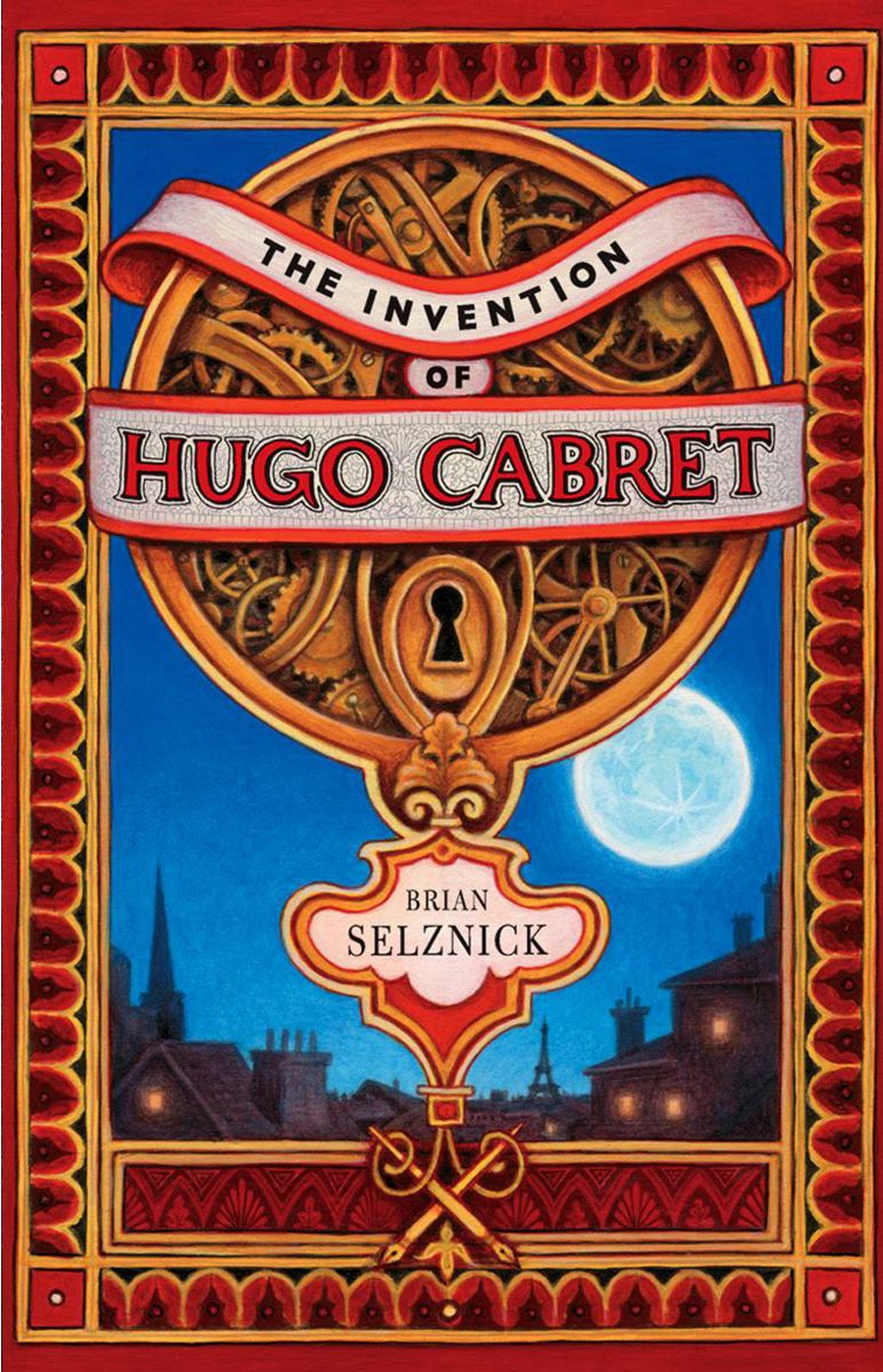
Brief introduction:
Paris, 1931. Orphan, clock keeper and thief, Hugo lives in the walls of a busy Paris train station, where his survival depends on secrets and anonymity. But when his world suddenly interlocks – like the gears of the clocks he keeps – with an eccentric, bookish girl and a bitter old man who runs a toy booth in the train station, Hugo’s undercover life and his most precious secret are put in jeopardy. A cryptic drawing, a treasured notebook, a stolen key, a mechanical man, and a hidden message from Hugo’s dead father form the backbone of this intricate, tender, and spellbinding mystery
The children will be predicting what the story is about, use their inference skills to relate to the story and wonder by looking the the cover of the book.
![IMG_4949[1].JPG](/uploads/378/images/IMG_4949[1].JPG)
![IMG_4948[1].JPG](/uploads/378/images/IMG_4948[1].JPG)
![IMG_4953[1].JPG](/uploads/378/images/IMG_4953[1].JPG)
The children have been listening to an audio version of the story. They then got into groups to plan and preform a talk4write.
Please see the videos of they performance.
Relative Clause
A relative clause starts with a relative pronoun (who, that, which, whose, where, when) and is often added to a sentence to define a noun
Please click on the picture below to understand Relative Clause.

As we are unable to take part in inter-school competitions this year, we have decided to run the ‘Spelling Bee’ in school and compete in year groups. This competition is very popular with the children and I am delighted that your child(ren) will be able to take part again this year, especially as our last Reedley Spelling Bee was such a success.
Each year group will have a list of words to learn that are from the National Curriculum and linked to their year group. Children will have already practised many of these words in class and this will be a useful opportunity to ensure that they have remembered these spellings. Each class teacher will provide opportunities for the children to practise spelling these orally throughout the spring and summer terms.
A reminder – spellings will be only accepted if the children say the letter name when spelling and not the letter sound. If there is any confusion about this, please do come and speak with me.
The ‘Spelling Bee’ will run as follows:
Round One – Friday 22nd April
Spelling Bee competitions will take place in school. Children will have two minutes to spell as many words aloud as they can, correctly. A point will be awarded for each correct spelling. The five children who receive the highest point score from each year group will go through to the final.
Final – Friday 1st July 2022
The finalists will be given NEW WORD LISTS.
The winners from Round 1 will compete to be the ‘Reedley Spelling Bee’ champion. They will need to compete against each other to spell as many words as they can correctly in one minute. The final will be in the same format of a traditional Spelling Bee and spellings will need to be said aloud in front of their class.
We believe that this structure gives all children the opportunity to take part in a fun event whilst reinforcing important work on spelling. We really hope that our children practise hard to be the best that they can be.
|
Word |
Look |
Say |
Cover |
Write |
Check |
|
achieve |
|
|
|
|
|
|
category |
|
|
|
|
|
|
develop |
|
|
|
|
|
|
especially |
|
|
|
|
|
|
muscle |
|
|
|
|
|
|
variety |
|
|
|
|
|
|
occupy |
|
|
|
|
|
|
physical |
|
|
|
|
|
|
queue |
|
|
|
|
|
|
signature |
|
|
|
|
|
|
bruise |
|
|
|
|
|
|
determined |
|
|
|
|
|
|
aggressive |
|
|
|
|
|
|
government |
|
|
|
|
|
|
marvellous |
|
|
|
|
|
|
twelfth |
|
|
|
|
|
|
relevant |
|
|
|
|
|
|
exaggerate |
|
|
|
|
|
|
necessary |
|
|
|
|
|
|
sincerely |
|
|
|
|
|
|
familiar |
|
|
|
|
|
|
strength |
|
|
|
|
|
|
profession |
|
|
|
|
|
|
conscious |
|
|
|
|
|
|
appreciate |
|
|
|
|
|
|
recognise |
|
|
|
|
|
|
individual |
|
|
|
|
|
|
environment |
|
|
|
|
|
|
vegetable |
|
|
|
|
|
|
stomach |
|
|
|
|
|
The children have read chapter 1 and 2 of the story and usng the Zone of Relevant, the children worked in groups to decsribe the pictures.
![IMG_E4973[1].JPG](/uploads/378/images/IMG_E4973[1].JPG)
![IMG_E4979[1].JPG](/uploads/378/images/IMG_E4979[1].JPG)
This week, the children will be looking more deeper intom the story.
The children listened to an audio version of the story and began to summarise he main ideas.
![IMG_0218[1].JPG](/uploads/378/images/IMG_0218[1].JPG)
![IMG_0216[1].JPG](/uploads/378/images/IMG_0216[1].JPG)
![IMG_0214[1].JPG](/uploads/378/images/IMG_0214[1].JPG)
Summer 1
This term the children are reading and learing all about the book called Journey to the River Sea.
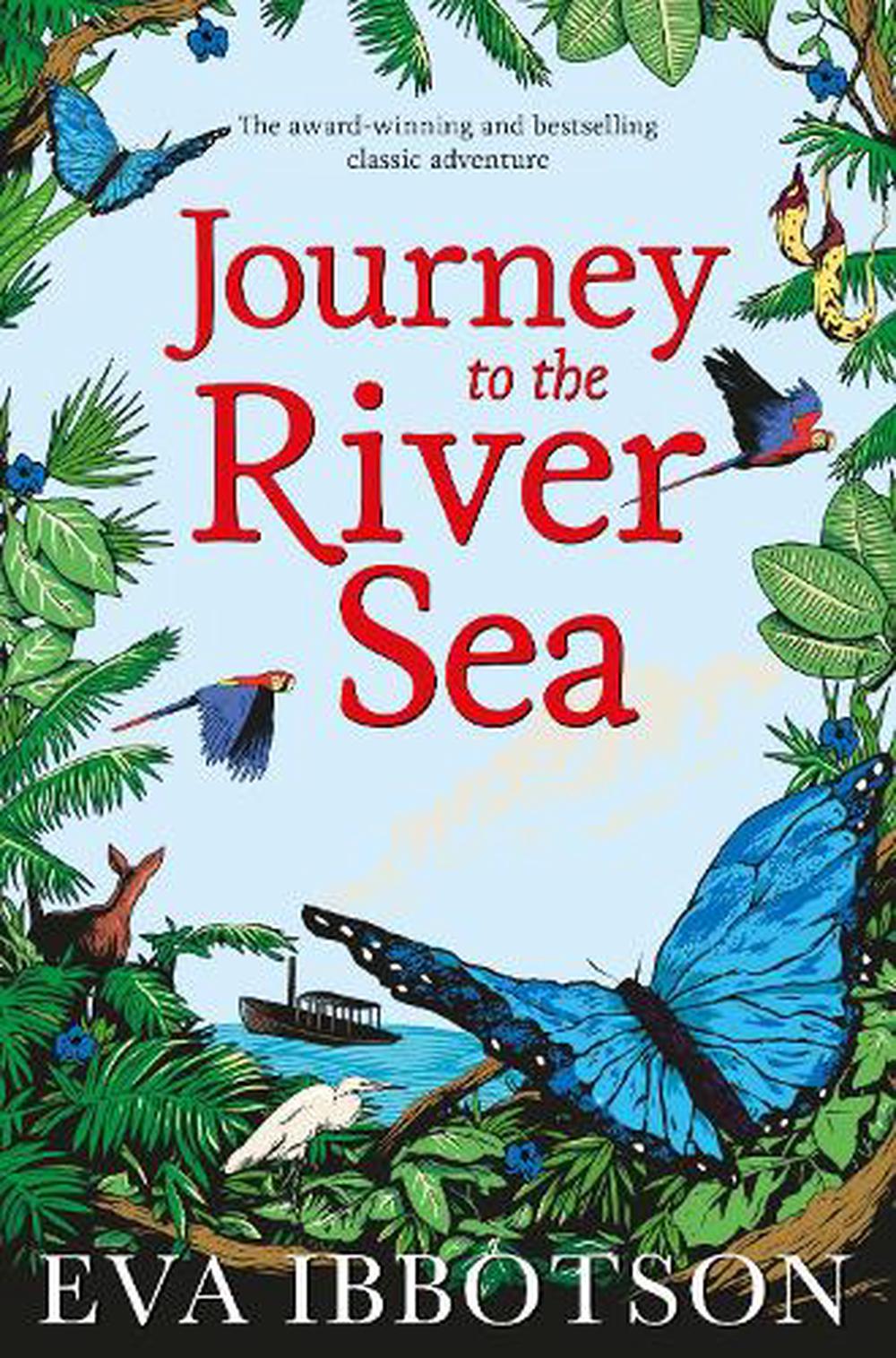
The children looked at the front cover to predict what the book could be about, wonder what could happen.
The chidren have listen to an audio version of the book and picked out vocabulary that helped them to understand the story. Then using a Zone of Relevance sheet, in groups they sorted out the word from not relevant to relevant.
Please have a look at the videos of the children ' Hot Seat '.
09.05.22
This week in English, the children have been busy making comparisons between Maia and Miss Minton.
E.xtract taken from the story
For while the sisters prized proper learning, they also prized good manners, thoughtfulness and care for others, and the girls learnt both algebra and needlework. Moreover, they took in children whose parents were abroad and needed somewhere to spend the holidays. Now, some thirty years later, in the autumn of 1910, the school had a waiting list, and those girls who went there knew how lucky they were.
All the same, there were times when they were very bored.
Miss Carlisle was giving a Geography lesson in the big classroom which faced the street. She was a good teacher, but even the best teachers have trouble trying to make the Rivers of Southern England seem unusual and exciting.
‘Now can anyone tell me the exact source of the River Thames?’ she asked.
She passed her eyes along the rows of desks, missed the plump Hermione, the worried-looking Daisy — and stopped by a girl in the front row.
‘Don’t chew the end of your pigtail,’ she was about to say, but she did not say it. For it was a day when this particular girl had a right to chew the curved ends of her single heavy plait of hair. Maia had seen the motor stop outside the door, had seen old Mr Murray in his velvet-collared coat go into the house. Mr Murray was Maia’s guardian and today, as everyone knew, he was bringing news about her future.
Maia raised her eyes to Miss Carlisle and struggled to concentrate. In the room full of fair and light brown heads, she stood out, with her pale triangular face, her widely spaced dark eyes. Her ears, laid bare by the heavy rope of black hair, gave her an unprotected look.
‘The Thames rises in the Cotswold hills,’ she began in her low, clear voice. ‘In a small hamlet.’ Only what small hamlet? She had no idea.
The door opened. Twenty heads turned.
‘Would Maia Fielding come to Miss Banks’ room, please?’ said the maid.
Maia rose to her feet. Fear is the cause of all evil, she told herself but she was afraid. Afraid of the future… afraid of the unknown. Afraid in the way of someone who is alone in the world.
Miss Banks was sitting behind her desk; her sister, Miss Emily, stood beside her. Mr Murray was in a leather chair by a table, rustling papers. Mr Murray was Maia’s guardian, but he was also a lawyer and never forgot it. Things had to be done carefully and slowly and written down.
Maia looked round at the assembled faces. They looked cheerful but that could mean anything, and she bent down to pat Miss Banks’ spaniel, finding comfort in the feel of his round, warm head.
‘Well, Maia, we have good news,’ said Miss Banks. A frightening woman to many, now in her sixties, with an amazing bust which would have done splendidly on the prow of a sailing ship, she smiled at the girl standing in front of her. A clever child and a brave one, who had
This week, one of the areas that the children have been looking at is Persuasion. by looking at different adverts.
Typical features of persuasion text:
Audience Someone you are trying to infl uence
Purpose To promote a particular view or product in order to influence what people think or do
Typical structure
• Logical order
• A series of points building one viewpoint
• Paragraphs with topic sentence in introduction (and
in all paragraphs for longer text)
• Often includes images to attract attention
Typical language features
• Personal and direct, often informal (friendly)
• Emotive connectives and sentence signposts
• Opinions presented as facts
• Use of the imperative
• Use of language that sounds good including slogans
• Weasel words (emotive language designed to deceive/
give best impression)
Examples • Adverts
• Newspaper editorials
• Promotional leafl ets
• Pamphlets promoting a particular viewpoint
They had to describe the effect of the text by looking at the following pictures:


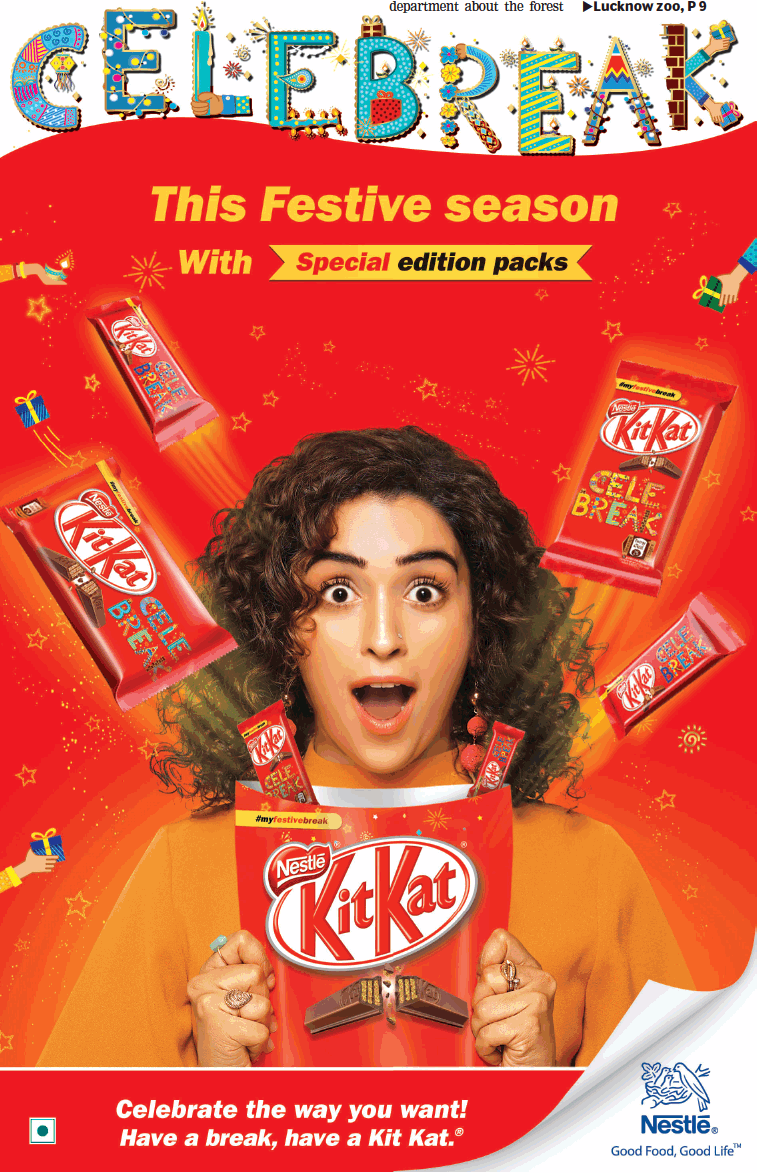
The children worked in groups do they research.
![IMG_0579[1].JPG](/uploads/378/images/IMG_0579[1].JPG)
![IMG_0575[1].JPG](/uploads/378/images/IMG_0575[1].JPG)
The children have continued looking at prompt - Persuasive Writing
Below are some ponits that the children looked at in groups:
- What is the main message of each text? Who do you think is the intended audience and why?
-
Which text is the most effective for you? How has the writer achieved this?
-
What examples of alliteration can you find? What effect does this have on the reader?
-
What use of imagery can you find (creating pictures or sensations through words)? Which example is most effective and why?
The children have worked in pairs and have come up with Talk4write , trying to persuade you to buy thier product. Please watch the videos of them preforming.
The children have beeen looking at modal verbs.
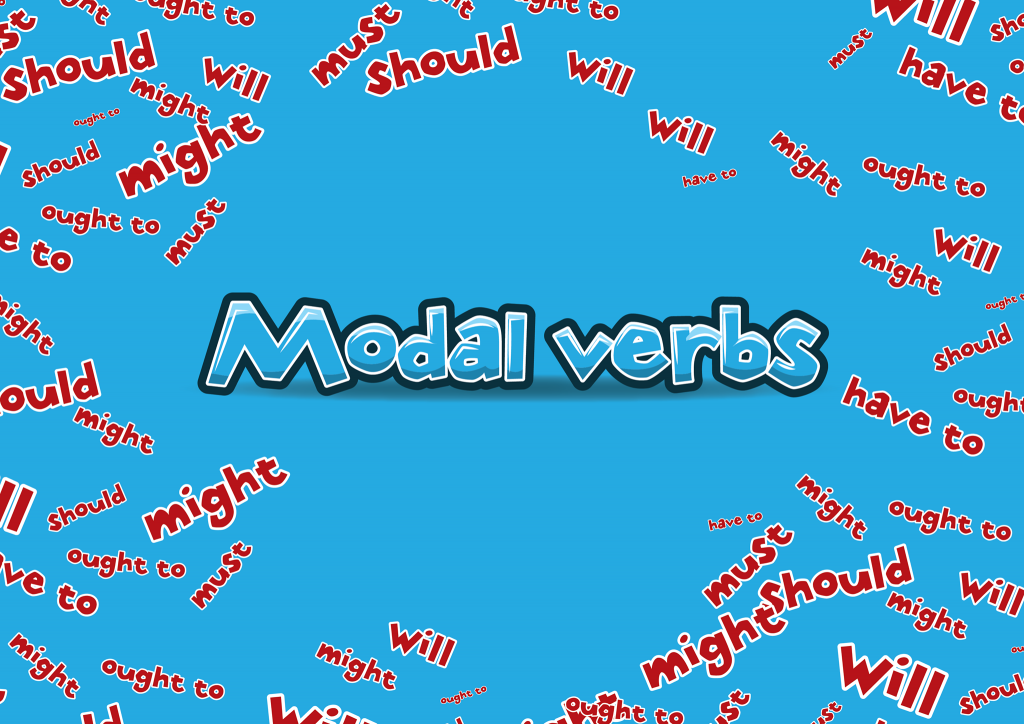
Recognising modal verbs
Modal verbs are easy to spot because there are so few of them. In addition to must, shall, will, should, would, can, could, may and might, we can add ought to and have to.
If we are told that we 'must' do something, like complete homework, the modal verb 'must' indicates a high level of modality. There is no argument. The homework has to be done.
But if we are told that we 'may' do homework, the modal verb 'may' suggests a degree of choice. Modal verbs are useful for telling us about how necessary, or possible, something is.
Summer 1
A Midsummer Night's Dream by William Shakespeare

Act 1 Scene 1
![IMG_E5189[1].JPG](/uploads/378/images/IMG_E5189[1].JPG)
Please click on the pictures below to listen to parts of the story that will help your child in their class work. Your support is much appreciated.
The children are learning all about playscript. Looking at the language that was used and understanding the way of life.
They have made prediction about what could happen and expalin why by watching clips. They have also compared and contrast the characters
![IMG_E5228[1].JPG](/uploads/378/images/IMG_E5228[1].JPG)
This week the children are looking at Greek Myths.
Exploring Pandora’s Box: guide questions
![IMG_E5395[1].JPG](/uploads/378/images/IMG_E5395[1].JPG)
![IMG_E5397[1].JPG](/uploads/378/images/IMG_E5397[1].JPG)
Using the guide quuestions the childrren began to explore Pandora’s Box
- Why did Pandora want to open the box
- What else could Epimetheus have done to ensure the box was never opened?
- Why was it important that Pandora let ‘Hope’ out of the box?
- What part of human experience does the story explain?
 Reedley Primary School
Reedley Primary School![IMG_4574[1].JPG](/uploads/378/images/IMG_4574[1].JPG)
![IMG_4600[1].JPG](/uploads/378/images/IMG_4600[1].JPG)
![IMG_E4616[1].JPG](/uploads/378/images/IMG_E4616[1].JPG)
![IMG_E4618[1].JPG](/uploads/378/images/IMG_E4618[1].JPG)
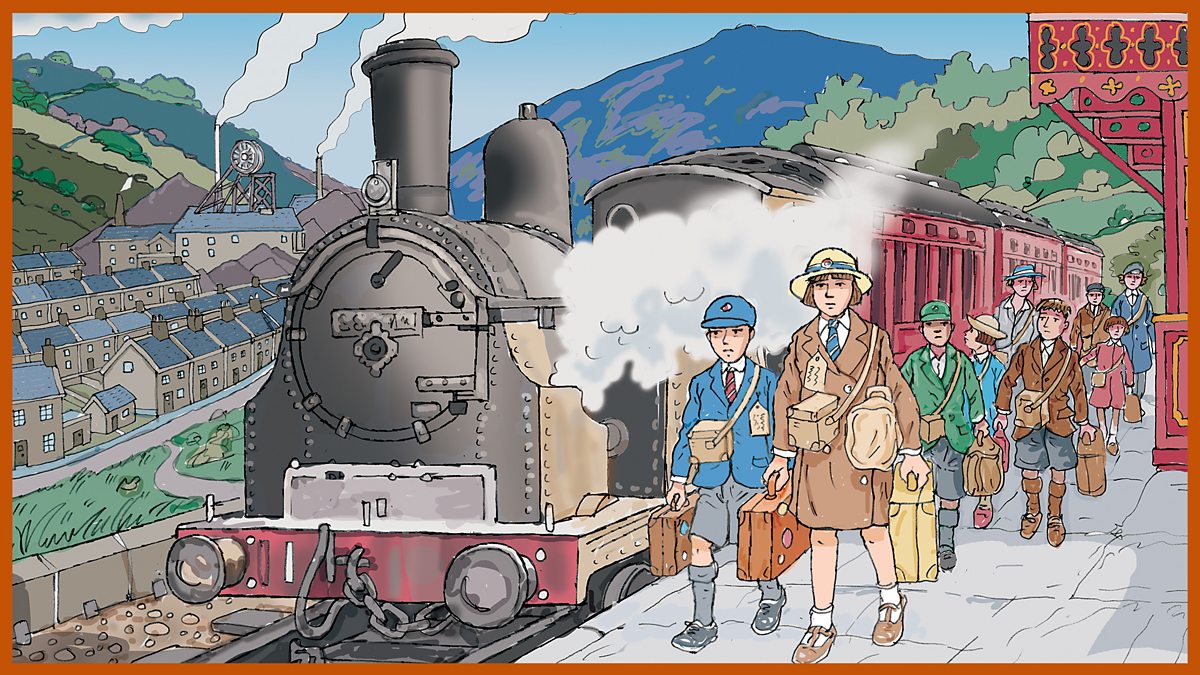
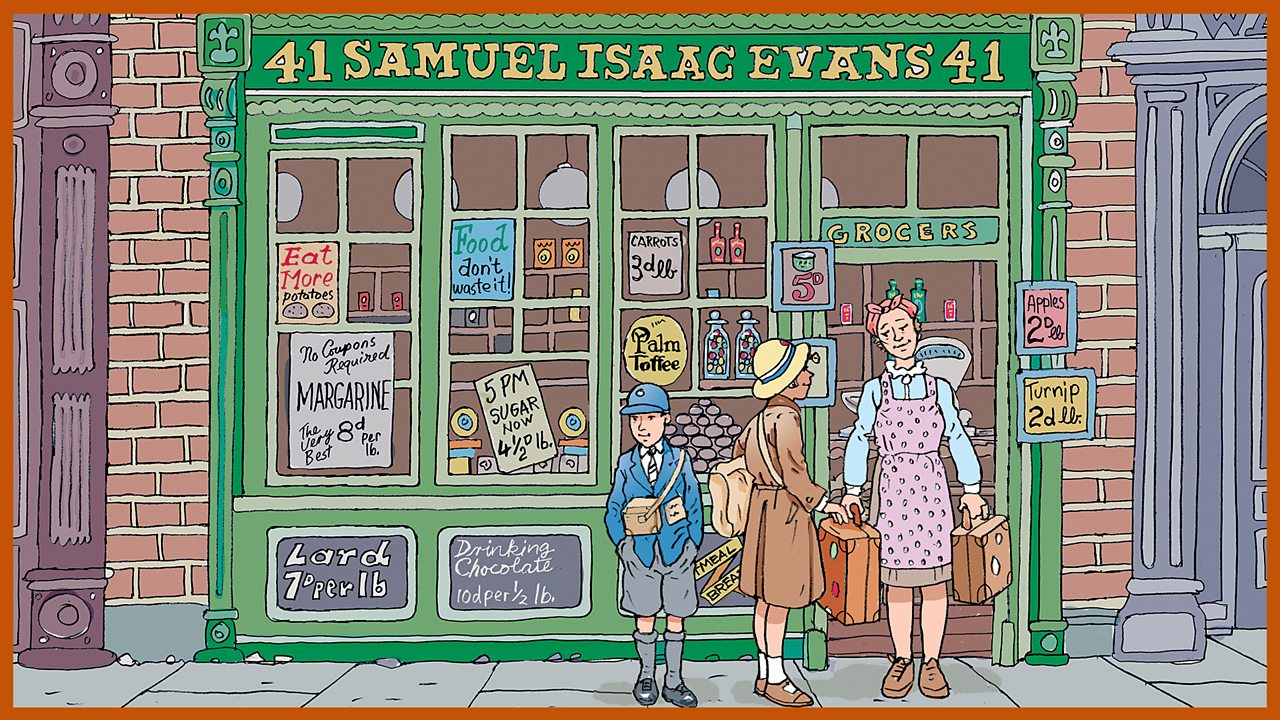
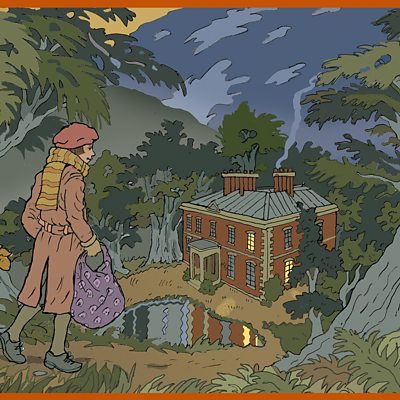
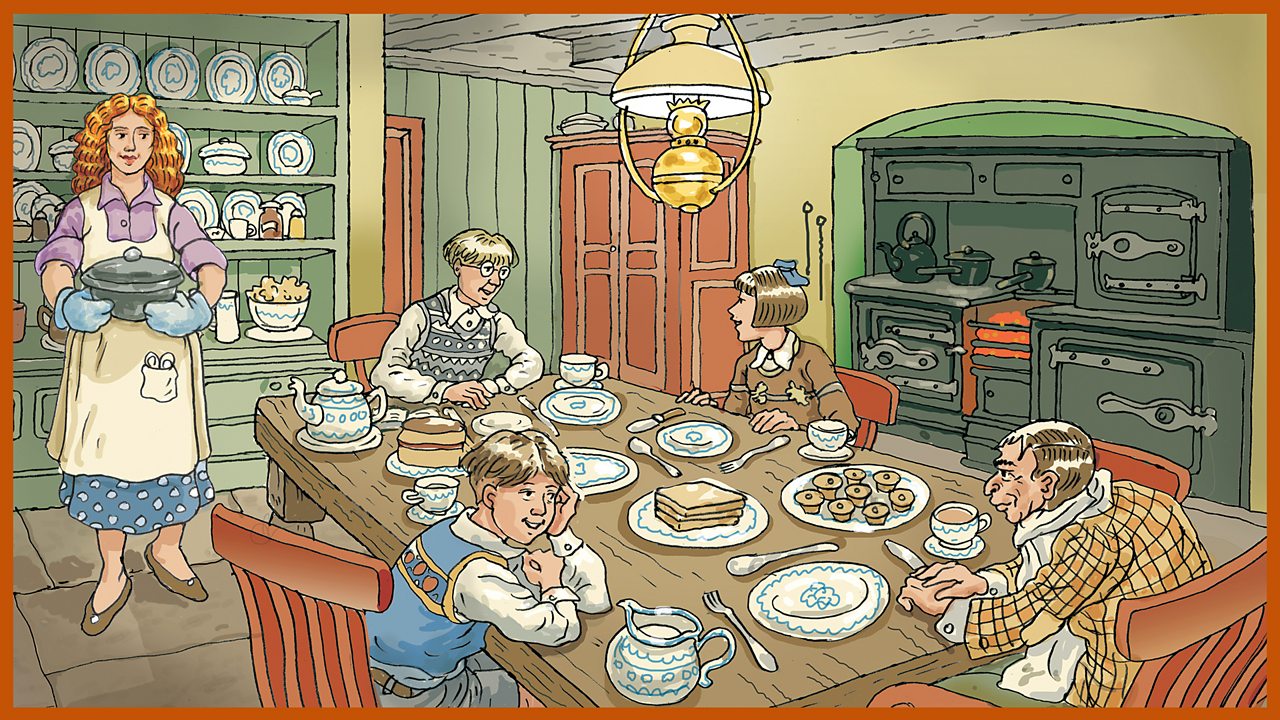
![IMG_E4738[1].JPG](/uploads/378/images/IMG_E4738[1].JPG)
![IMG_E4735[1].JPG](/uploads/378/images/IMG_E4735[1].JPG)
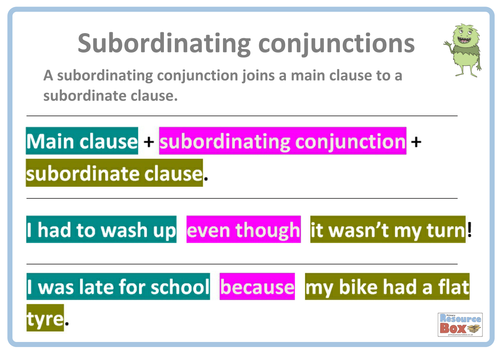
![IMG_E4808[1].JPG](/uploads/378/images/IMG_E4808[1].JPG)
![IMG_E4821[1].JPG](/uploads/378/images/IMG_E4821[1].JPG)
![IMG_4824[1].JPG](/uploads/378/images/IMG_4824[1].JPG)
![IMG_4825[1].JPG](/uploads/378/images/IMG_4825[1].JPG)
![IMG_4947[1].JPG](/uploads/378/images/IMG_4947[1].JPG)

![IMG_E4978[1].JPG](/uploads/378/images/IMG_E4978[1].JPG)
![IMG_E4980[1].JPG](/uploads/378/images/IMG_E4980[1].JPG)
![IMG_0217[1].JPG](/uploads/378/images/IMG_0217[1].JPG)
![IMG_0215[1].JPG](/uploads/378/images/IMG_0215[1].JPG)
![IMG_0213[1].JPG](/uploads/378/images/IMG_0213[1].JPG)
![IMG_0582[1].JPG](/uploads/378/images/IMG_0582[1].JPG)
![IMG_0578[1].JPG](/uploads/378/images/IMG_0578[1].JPG)
![IMG_0572[1].JPG](/uploads/378/images/IMG_0572[1].JPG)
![IMG_E5190[1].JPG](/uploads/378/images/IMG_E5190[1].JPG)
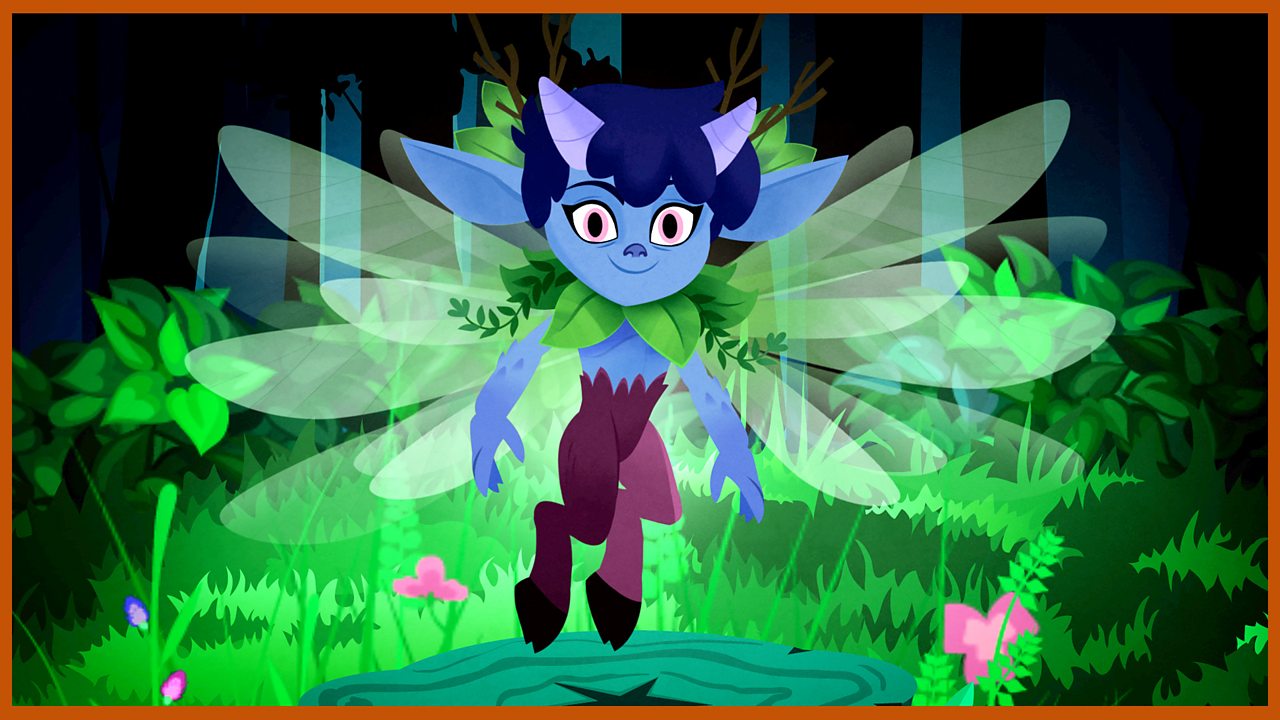
![IMG_5226[1].JPG](/uploads/378/images/IMG_5226[1].JPG)
![IMG_5227[1].JPG](/uploads/378/images/IMG_5227[1].JPG)
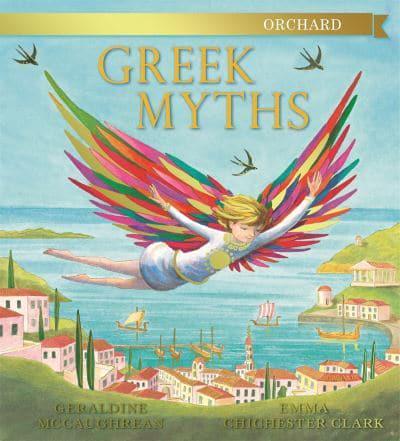
![IMG_E5396[1].JPG](/uploads/378/images/IMG_E5396[1].JPG)
![IMG_E5398[1].JPG](/uploads/378/images/IMG_E5398[1].JPG)
![IMG_E5400[1].JPG](/uploads/378/images/IMG_E5400[1].JPG)